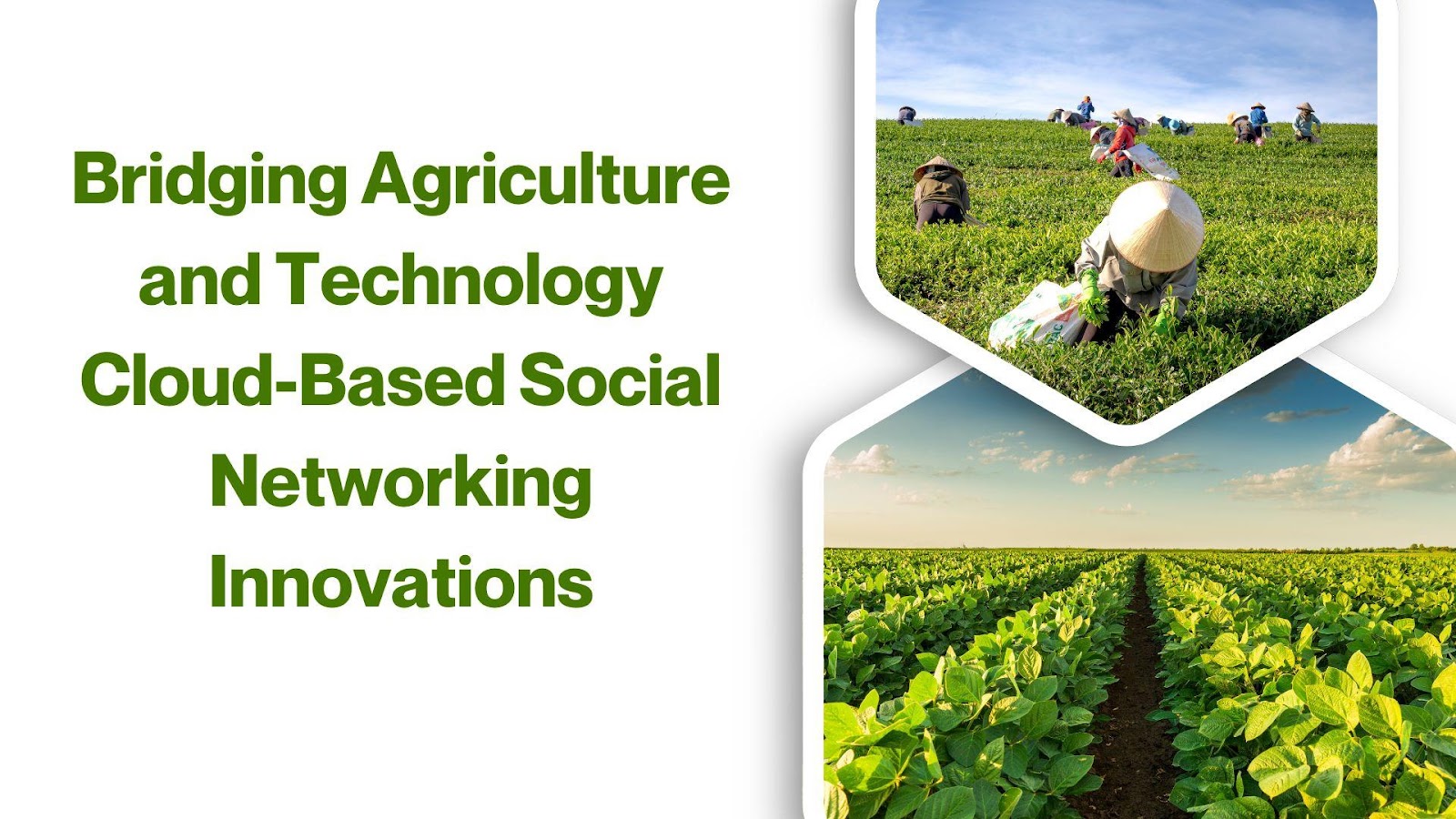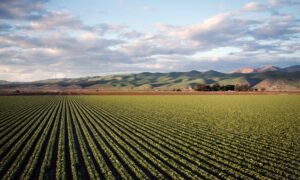In this modern era, Lalita Devi Pila, a visionary in digital transformation, has explored the groundbreaking impact of cloud-based social networking applications on agriculture. Her work demonstrates how these innovative platforms are reshaping communication, collaboration, and decision-making in farming communities, driving productivity, sustainability, and modernization. By harnessing advanced technologies, these systems empower farmers to overcome challenges, improve operations, and adapt to evolving agricultural demands. These tools provide real-time insights, enhancing precision in agricultural practices and fostering better resource management. By bridging traditional methods with modern innovations, they create opportunities for more inclusive and sustainable farming practices.
Transforming Communication in Agriculture
Real-time communication networks have redefined the way farmers exchange information and make decisions with enhanced precision. Digital platforms enable farmers to access weather updates, pest alerts, and market conditions directly through their mobile devices, enabling real-time responses. This immediate access to critical data has enhanced crop planning, pest management, and resource allocation, significantly improving farm productivity, particularly in regions with limited access to traditional agricultural extension services or support networks.
Fostering Knowledge Exchange and Education
Cloud-based platforms serve as knowledge hubs, offering farmers access to training materials, instructional videos, and interactive learning modules that bridge knowledge gaps. These tools bridge literacy and language barriers through voice-based interfaces and multimedia content, ensuring inclusivity. By integrating traditional practices with modern techniques, these platforms empower farmers to adopt sustainable and climate-resilient methods while fostering continuous learning and knowledge sharing in diverse agricultural settings and contexts.
Collaborative Problem-Solving for Farmers
Digital agricultural platforms foster collaborative networks that connect farmers with peers, experts, and vital support systems. These networks enable small-scale farmers to share local solutions, address common challenges, and adapt practices to their unique contexts through active collaboration. By promoting inclusivity, these platforms have also empowered women farmers to access resources and participate more actively in farming communities, bridging gaps in gender equity within agriculture systems.
Data-Driven Decision-Making in Agriculture
The integration of data analytics into agriculture has revolutionized decision-making with precise, actionable insights. Platforms combine historical and real-time data, including soil conditions, weather forecasts, and market trends, to provide actionable insights that guide operations. These tools enable farmers to optimize input usage, such as fertilizers and water, enhancing precision agriculture. Additionally, data ecosystems link stakeholders across the value chain, improving resource management and sector-wide operational efficiency for sustainable outcomes.
Enhancing Market Access and Intelligence
Market intelligence tools embedded in digital platforms allow farmers to access real-time price information, connect directly with buyers, and identify broader market opportunities across sectors. By bypassing traditional intermediaries, farmers achieve better pricing and improved supply chain efficiency, enhancing profitability. These platforms also enhance market forecasting, helping farmers align production with consumer demand, emerging trends, and specific market preferences for better outcomes.
Optimizing Resources Through Digital Collaboration
Digital platforms facilitate efficient resource management through collaboration among farmers, suppliers, and agricultural service providers across regions. Integrated farming systems supported by these platforms encourage sustainable practices, optimizing resources while maintaining productivity and enhancing agricultural resilience. Multi-actor collaboration ensures effective communication and coordination, fostering environmentally conscious agricultural methods that align with sustainability goals and community needs.
Building Stronger Farming Communities
Beyond operational tools, digital platforms serve as vital hubs for community development and sustainable agricultural initiatives. They support collective action, knowledge sharing, and engagement in agricultural policies, fostering resilient farming communities and collaborative networks. By enabling inclusive participation and addressing gender-specific challenges, these platforms contribute to sustainable agricultural development and stronger social capital, which enhances rural livelihoods and economic opportunities for farmers.
In conclusion, Lalita Devi Pila’s work highlights the transformative role of cloud-based social networking applications in modern agriculture and farming ecosystems. By enabling real-time communication, fostering knowledge exchange, promoting collaboration, and integrating data-driven decision-making, these platforms bridge traditional gaps in farming practices, driving innovation. As the agricultural sector evolves, these digital innovations will remain pivotal in ensuring sustainable, inclusive, and efficient farming practices worldwide, paving the way for significant progress. These platforms not only enhance productivity but also empower farming communities to adapt to environmental challenges. By fostering resilience and connectivity, they are shaping a more equitable future for global agriculture.



































